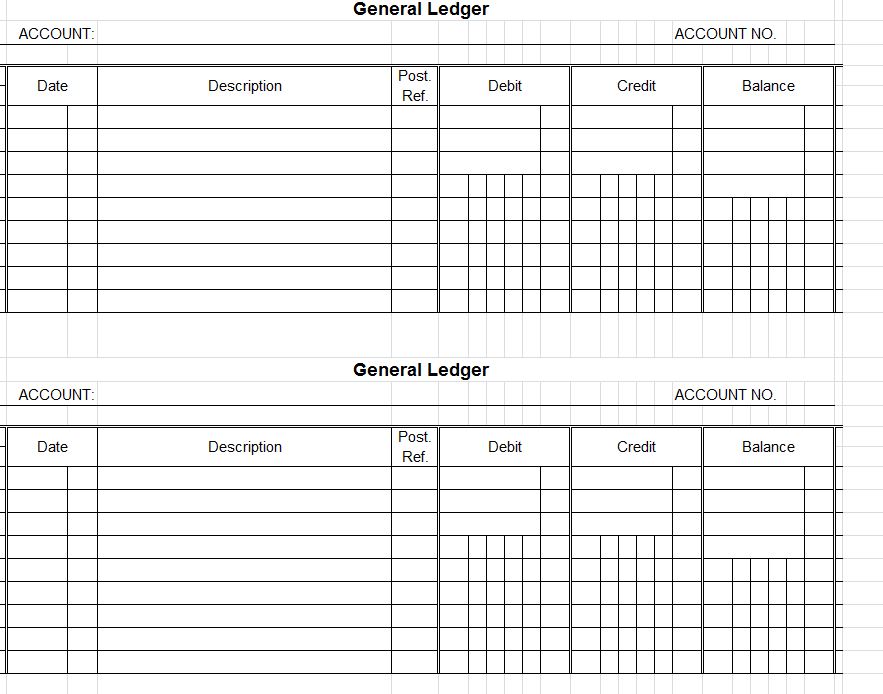
Daybooks
A daybook is a descriptive and chronological (diary-like) record of day-to-day financial transactions also called a book of original entry. The daybook's details must be entered formally into journals to enable posting to ledgers. Daybooks include:
- Sales daybook, for recording all the sales invoices.
- Sales credits daybook, for recording all the sales credit notes.
- Purchases daybook, for recording all the purchase invoices.
- Purchases credits daybook, for recording all the purchase credit notes.
- Cash daybook, usually known as the cash book, for recording all money received as well as money paid out. It may be split into two daybooks: receipts daybook for money received in, and payments daybook for money paid out.
- General Journal daybook, for recording journals.

Petty cash book
A petty cash book is a record of small value purchases before they are later transferred to the ledger and final accounts, it is maintained by a petty or junior cashier. This type of cash book usually uses the imprest system: a certain amount of money is provided to the petty cashier by the senior cashier. This money is to cater for minor expenditures (hospitality, minor stationery, casual postage and so on) and is reimbursed periodically on satisfactory explanation of how it was spent.

Journals
Journals are recorded in the general journal daybook. A journal is a formal and chronological record of financial transactions before their values are accounted for in the general ledger as debits and credits. A company can maintain one journal for all transactions, or keep several journals based on similar activity (i.e. sales, cash receipts, revenue, etc.) making transactions easier to summarize and reference later. For every debit journal entry recorded there must be an equivalent credit journal entry to maintain a balanced accounting equation.

Ledgers
A ledger is a record of accounts. These accounts are recorded separately showing their beginning/ending balance. A journal lists financial transactions in chronological order without showing their balance but showing how much is going to be charged in each account. A ledger takes each financial transactions from the journal and records them into the corresponding account for every transaction listed. The ledger also sums up the total of every account which is transferred into the balance sheet and income statement. There are 3 different kinds of ledgers that deal with book-keeping. Ledgers include:
- Sales ledger, which deals mostly with the accounts receivable account. This ledger consists of the financial transactions made by customers to the business.
- Purchase ledger is a ledger that goes hand and hand with the Accounts Payable account. This is the purchasing transaction a company does.
- PGeneral ledger representing the original 5 main accounts: assets, liabilities, equity, income, and expenses
